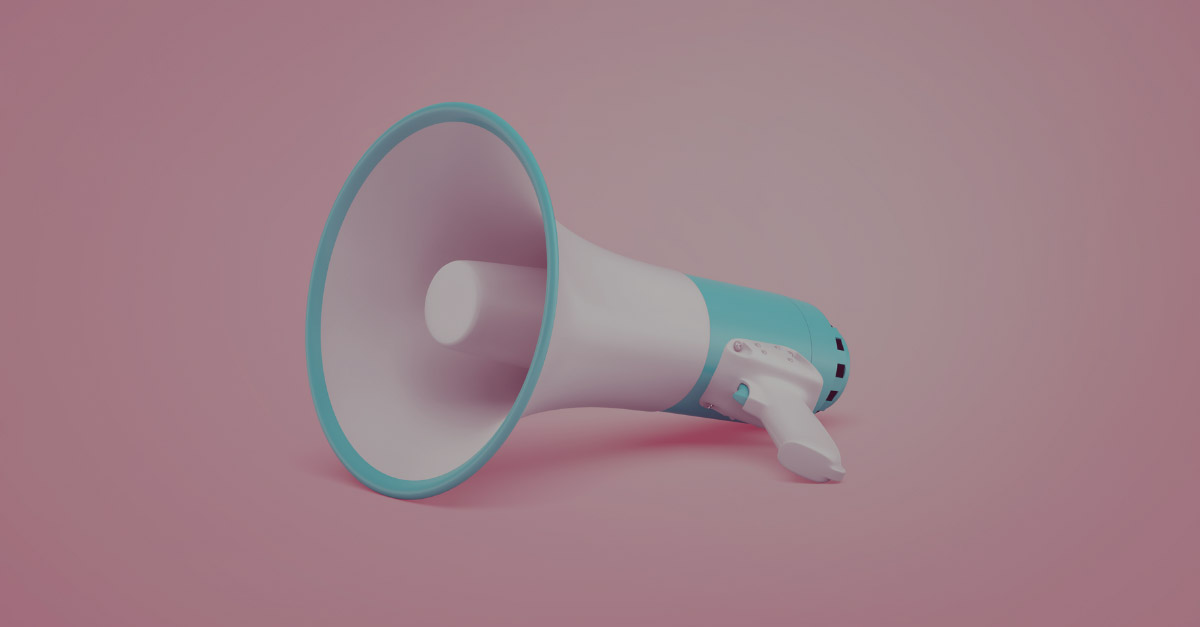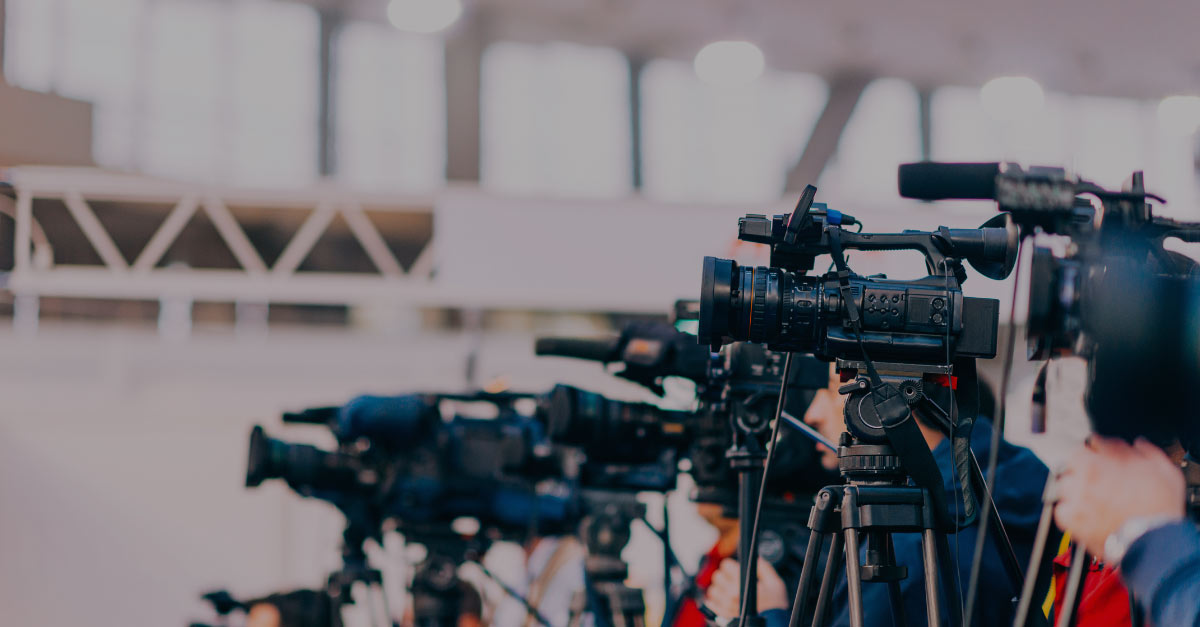
Yoga classes and office lunches aren’t enough to manage mental health in the workplace, but these 5 strategies may help.
Mental health is a fuzzy thing that’s hard to talk about – it seeps between personal and work life and most of us would prefer to chat about our perfect takeaway coffee or favourite Netflix series than our state of mind.
But if we can start to define mental health as a state of wellbeing where individuals realise their potential rather than a mental condition, it isn’t so scary.
What IS scary from a business perspective, is workplaces who don’t prioritise their employee’s mental wellbeing have a 300% increase in depression in their full time workers, according to new research from the University of South Australia.
The harsh fact is agency life can be fast and furious. In my early agency years – staff were encouraged to thrive on the adrenaline highs of campaigns and push themselves as hard as possible – or basically move on to a different career. These days, we are much smarter and realise managing all aspects of employee wellbeing not only makes people happier but also perform better.
Managing mental wellbeing in the workplace is never easy, but changing culture and workplace structures really helps.
Mental health costs if you get it wrong
The World Health Organisation says depression and anxiety disorders cost the global economy more than $US1 trillion per year.
What’s more, Australia’s model Work Health Safety laws require employers to make the workplace both physically and psychologically safe.
None of this makes it simple for employers and employees to speak openly about mental health and take the right steps to support mental wellbeing.
Training, leadership and practical policies that enable workplaces – especially fast-paced agencies – to deal with mental stress are important ways to help build a culture of acceptance where everyone feels safe to call timeout if they need it.
Cube has engaged a creative HR consultant to support us in these challenging times. Along with being a seasoned HR practitioner, the team have benefitted from her passion for health and wellbeing as a yoga therapist.
As a business, we’ve also applied five steps that I hope help other businesses and agencies during this disruptive time.
STEP 1: TRAINING WORKS
Committing to make workplace wellbeing a priority starts with a few gentle steps. When we kicked off our first stress management training last year, we noticed how much the team needed to connect and share during lockdown.
What was planned as one session turned into a rolling event for the team. Yes – training is about growth and development, but also extremely important for bringing the team together in a shared experience and conversation for mental health.
We did more training last year than ever before with a revived company-wide program including professional and soft skills delivered both as a team and individually.
Soft skills were prioritised around resilience and wellbeing. We recognised the importance of so-called soft skills now in a pandemic – the ability of managers and leaders to connect and support others.
The team is also participating in St John Ambulance mental health training. It’s focussed on ways to support, communicate and spot the signs of someone facing a mental health challenges. We want to ensure as a team we have high levels of awareness and understanding of mental health presentations, but are also competent in helping and supporting those in crisis.
STEP 2: A CULTURE OF CLARITY
It seems obvious that workplace stress occurs when people are working too hard and spending many hours over and above the average working day delivering on projects.
This is especially the case if they don’t know why they do what they do and the difference it makes. Our work in healthcare is incredibly important right now which has helped us stay very motivated.
We are also very particular at Cube on having clarity around everyone’s role and expectations. Reinforcing the difference everyone makes with their contribution is actively discussed. We also strive to ensure we have respectful workplace relationships and communication.
Prioritising workflows and values to make sure we aren’t delivering high job demands with low resources is also essential.
STEP 3: PROCESSES HELP, LEADERSHIP IS BETTER
Managing change creatively – particularly in response to lockdowns and COVID-19 – is often workplace stressor for leaders and staff alike.
Having an innovative HR lead to help implement policies and processes is a great start. It has to be supported by leadership as we all know policies can just be shoved in a drawer and not lived or demonstrated, which makes them worthless.
Offering our team access to counselling via an Employee Assistance Program – or EAP has been an important step. We not only having counselling and support on hand, we are also using our EAP for additional training to navigate the demands of today’s workplace.
STEP 4: STRENGTH AND VULNERABILITY
Showing vulnerability can be a challenge for leaders, but it’s an important symbol of strength, too.
Everyone has been exposed to mental health challenges, either personally or through their family or extended network. Being able to talk about it matters.
I was confronted by it in my early teens – my sister battled anorexia and a mental breakdown. My brother has suffered severe depression and attempted suicide in his 40s. As a family we have held firmly together.
While these experiences were very personal to me and rarely discussed, I’ve learnt over the years it’s better to talk about them and share the lessons – not just with close friends but also with colleagues.
As leaders we have an important role to play. I am acutely aware of the responsibility I have as a business owner in identifying and acknowledging difficult times and supporting those to travel through them.
STEP 5: ACTIVELY PROMOTE WELLNESS
Fortunately our work life at Cube involves constant discussions about health. Now more than ever we need workplace conversations and action around proactive health and wellbeing. Beyond the constant vaccination discussions – activity is a priority topic at Cube.
The gym has literally been a sanctuary for me since university and regular exercise and activity is positively encouraged at Cube. The May 50K is our annual team challenge that extends to family members and friends. It’s not about how far you walk or run – we just want to get everyone involved and moving. Making it a positive, regular team initiative has brought so many positive benefits to the business
I truly believe leaders do need to present positive attitude and act as role models for health and wellness. We literally must ‘walk the talk’ – ensure we support others to take care of themselves.
I would have to say our approach has required focus and commitment to ensure it happens. But for the investment we have made it’s definitely had a positive impact on the team, the business and also me! A win all round!











